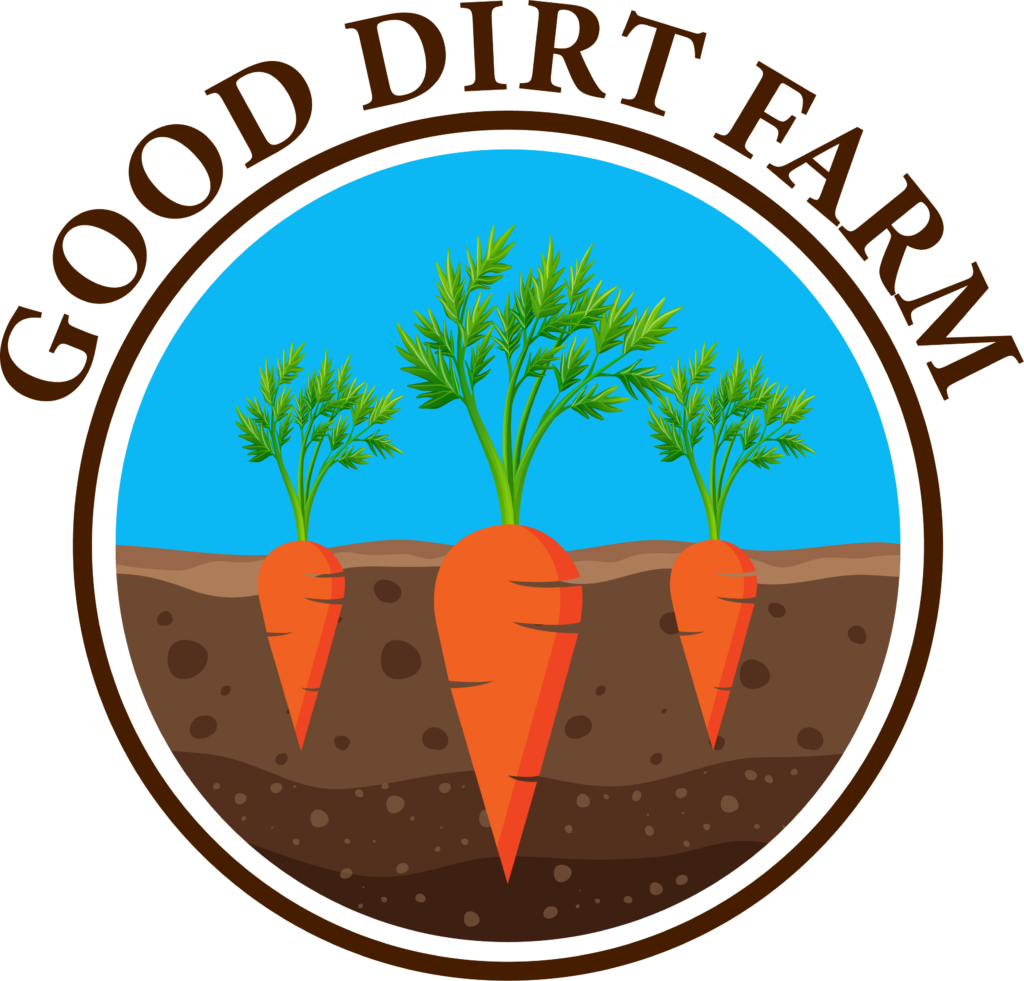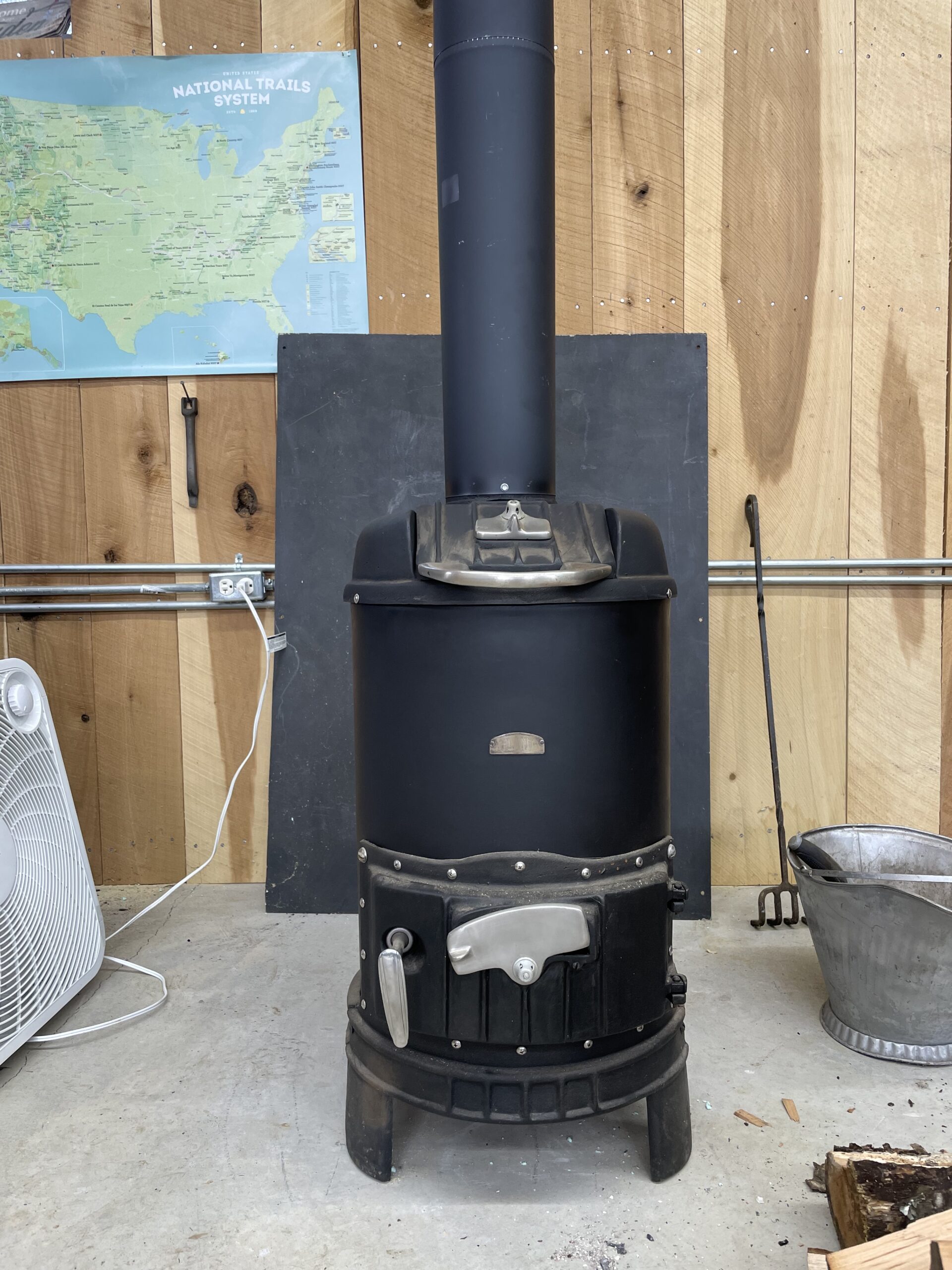At many small farms, winter usually means much less growth to manage, and therefore less work to do. For many farmers, this is a welcome change from the business of the main growing season, and there are few who don’t embrace the peace, rest, and recuperation of the winter months.
Even so, you’ll be hard-pressed to find a small farmer who doesn’t have a to-do list (usually a very long one) for the winter. Sometimes, the plan is to expand some aspect of the farm for the following year, improve some system or process, or simply perform routine maintenance and upkeep that has been justifiably neglected in the busy season.
We wanted to discuss a few of our winter projects this year at Good Dirt Farm, so here’s a peek at our winter to-do list!
Cleaning, Organizing, and Maintenance
There are many areas of the farm that could really use a deep clean and some organization. Taking some serious time to clean all of our storage bins, wash/pack equipment, cold room, and seed starting area is very important. We also clean up all of our tools, oiling wood handles, sharpening blades, and making repairs.
As someone who aspires to have a Lean Farm, I also take time to review all aspects of the farm with respect to 5S. I look through all of my tools, reorganizing them for efficiency and getting rid of the ones I didn’t use that year. For example, I ended up using my stirrup hoe weekly, but only used my wire hoe occasionally. So, the stirrup hoe gets moved to the very front of my tool wall for the easiest possible access.
I also consider systems or processes that were especially challenging or time-consuming this year. Then, I look to see if they could be helped by a tool or infrastructure I don’t have and weigh the costs against the benefits. This year, I think I will have a long list of improvements and will invest in the top 1 or 2 for next season.
Maintenance is very important, as well. Offhand, I know that I need to change the oil in my mower and tractor, replace water filters, patch hoop houses, and fix a dozen or so other things that are simply in disrepair. In the summer, there’s rarely time to maintain the equipment and infrastructure we have. That means we have to make sure it is in tip-top shape come spring!
These tasks will likely happen every winter, since improving the efficiency of the farm is a continuous-improvement standpoint, rather than a one-time effort.
Marketing Improvements
This winter, I have a long list of small to medium tasks that will help the farm meet our growth goals for 2025. One of the larger tasks is improving on-farm pickup for CSA members. This season, we had only a couple of folks pick up at the farm, so simply placing a cooler at the top of our driveway was good enough.
Next season, we hope to have many times the number of people picking up here, so a cooler on the ground won’t do. I plan to build a more semi-permanent structure with shade and wind protection to hold larger numbers of CSA shares. In addition, I’ll make the signage and information clear and easy for anyone to stop by and pick up a share.
I also hope to clear a bit more of the driveway made last spring so that members can pull right up to the farm entrance and turn around easily.

There are also several things I’d like to have to improve our farmers’ market. Last season, I was disappointed in the lack of enthusiasm for herbs relative to what we grew. I have a hunch that one reason for this is that our presentation at market was lacking. We simply bagged each unit of herbs and threw them in a basket. The final product looked less than appetizing. This year, I hope to invest in stronger clamshell packaging and build a small rack to better showcase the herbs and add height to our market display.
Investing in the Future
Finally, winter is a time to invest time (and money) in improving the future of the farm. We have a long list of things that we would love to have or love to do, and each off-season we try to implement some of them.
For example, this winter we plan to purchase around a dozen bare-root fruit trees of various varieties. We won’t harvest fruit from them for many years. However, we know that our ideal farm 5 to 10 years from now produces a diversity of tree fruit, both for our customers and ourselves.
Our most recent implemented investment was installing a wood-burning stove in our wash/pack shed. We originally had a pellet stove, but we have access to excellent firewood in abundance on the farm and we’d rather use that as a fuel than purchase pellets. Now, we will be able to heat our space for winter tasks and seedlings using our own resources, and the byproduct ash will be hugely beneficial to our compost and soil as time goes on.

